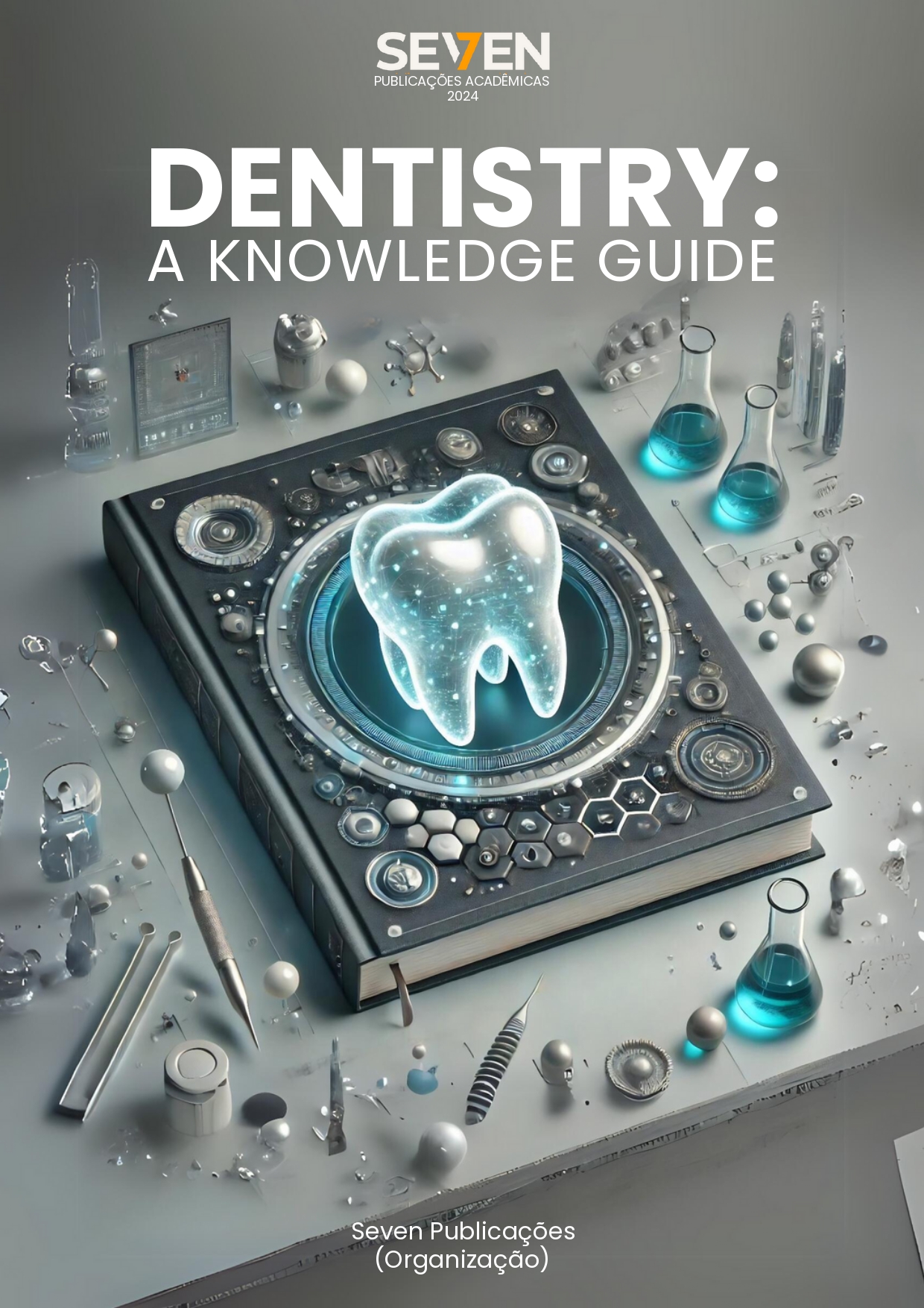ELASTOMERIC MATERIALS IN DENTISTRY: PROPERTIES, FUNDAMENTALS AND APPLICATIONS
Keywords:
Dental Materials, Materials for Dental Impression, Oral Health, Oral RehabilitationAbstract
Dental treatments aim to restore the individual's oral health, so that there is an adequate return of form, function, aesthetics and phonetics. In many treatments, it is necessary to obtain a record of the structures of the oral cavity, through impression materials for the purpose of diagnosis, planning, execution of part of the treatment and patient guidance. Elastomeric materials are a group of polymeric and rubbery molding materials that have cross-links of chemical or physical origin. Due to their elastic characteristics, they have the ability to easily recover their original dimensions after the removal of a force, as well as have great potential to reproduce oral structures in detail. These characteristics are decisive for the accuracy and reliability of dental impressions and indispensable in the manufacture of precise prosthetic parts. Among them are polysulfide, polyether, condensed silicone and addition silicone. These have mechanical, physical and rheological properties that provide them with the ability to obtain excellent performance. Each material has unique characteristics, and it is important that the professional has knowledge to know how to indicate and handle them properly.
Downloads
Published
Issue
Section
License
Copyright (c) 2024 Carolina Cardoso de Araujo, Álefi Marques Lopes da Silva, Sarah de Araújo Mendes Cardoso, Geovanna de Castro Bizarria, Ousanas Wesllen Macedo da Costa, Nicollas Gabriel de Carvalho Lima, Maria do Amparo Veloso Magalhães, Marine Olmos Villagomez, Maria Sarah Teresa Lima Verde Moura, Wglanna Kellen de Maria Silva Costa, Egídia Maria Moura de Paulo Martins Vieira, Luanne Mara Rodrigues de Matos

This work is licensed under a Creative Commons Attribution-NonCommercial 4.0 International License.





